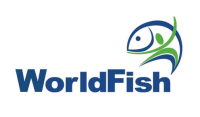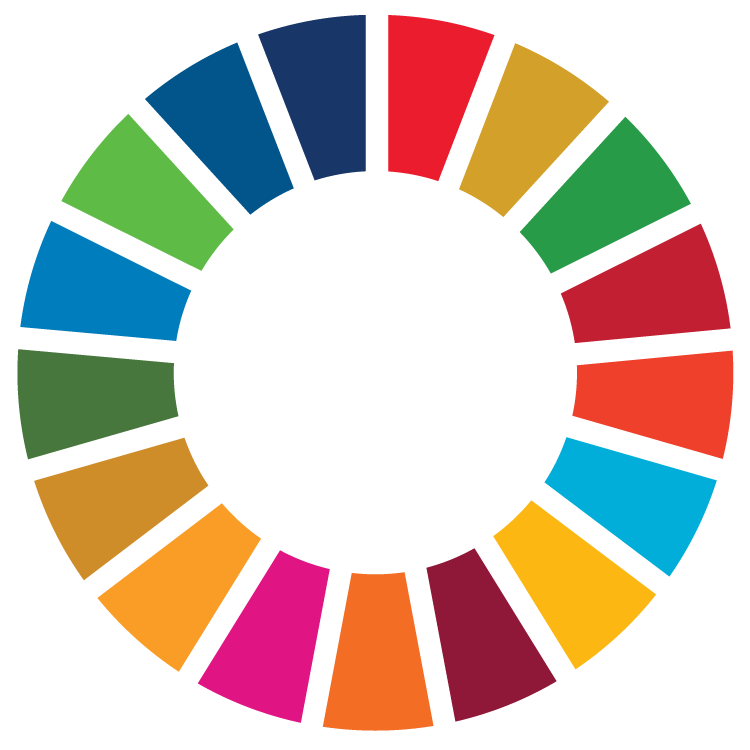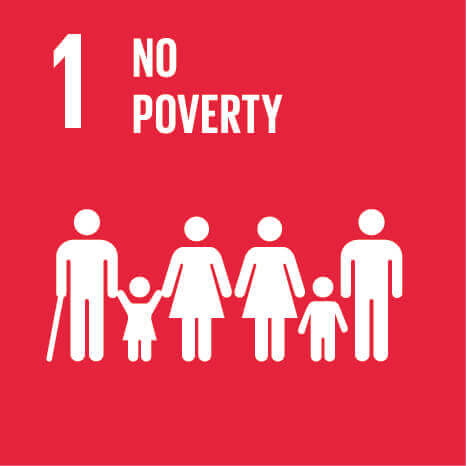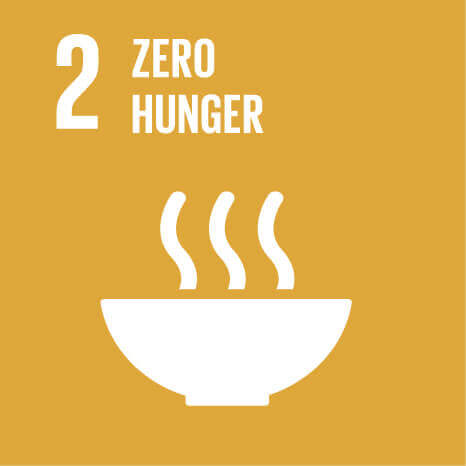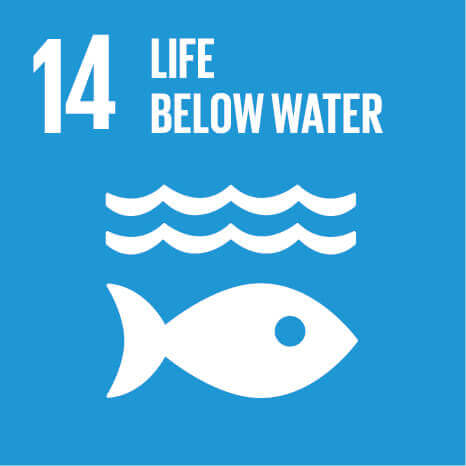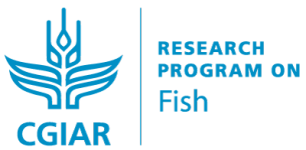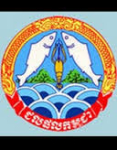Significant nutrition gains on nearly 150,000 people in Cambodia strengthen the validation of community-managed rice field fisheries attracting more investments for scaling
Published on: May 1, 2021, Submitted by Cristiano Rossignoli on: April 30, 2021, Reporting year: 2020
WorldFish research has shown that well-managed community fish refuges (CFRs) can significantly improve fish productivity of rice field environments, leading to more nutritious fish available for household consumption, contributing to improvements in food security and decreasing malnutrition. WorldFish monitoring in Cambodia shows 149,416 people (51.5% female) consumed more fish at home compared to the previous year, and there has been a 94.3% decrease in proportion of households removing viscera and heads of small fish species, contributing to nutrient increases.
Nutritional Small Fish, Cambodia
In the past two decades, Cambodia has experienced economic growth, yet agriculture remains a significant contributor to national gross domestic product (GDP). Cambodia struggles with poverty in rural areas and performs poorly in terms of childhood stunting and prevalence of maternal anemia. Production of high-value rice and fish in co-managed CFRs aims to address consumption of high-nutrition foods in geographically malnourished areas.
Through the USAID-funded Feed the Future Cambodia Rice Field Fisheries II (RFF II) project, FISH is working to address multiple causes of malnutrition. This project aims to improve the area's climate resistance by protecting fish habitats and creating secure drinking and irrigation water. Thus far, the project has helped raise $270,000 for rice field fisheries management.
A priority of this program is ensuring that children get enough nutritious food, as malnutrition and micronutrient deficiencies in childhood can cause long-term issues with physical and cognitive development. CFRs are natural or humanmade ponds that hold water throughout the year and provide a dry season refuge for brood fish. In the dry season, these refuges become disconnected from permanent natural water bodies. In the wet season, fish migrate out of the CFRs to the rice fields and floodplains to spawn and feed. These CFR can provide protection from drought conditions, as as the space safeguards fish habitats, and therefore fish populations, when there is reduced rice field flooding, as local residents have experienced in the last three years. Proper management of CFRs have lead to a 71% increase in fish catch by poorest households during the first phase of the project.
WorldFish research shows that widespread adoption of improved management of rice-fish systems contributes to sustainable and nutrition-sensitive food systems in Cambodia. CFRs promote wild fish conservation, making more nutritious fish available to be caught. Fish is one of the best sources of Omega-3 fatty acids and micronutrients, which are essential for early neurological development, adult brain function, skeletal development, and metabolic functions.
IMAGE_OIRC_451Monitoring shows that people who are involved with CFRs are continuing to experience increasing benefits through good management practices, leading to steady fish stocks and improved nutrition. In the last year, 149,416 people consumed more fish at home, and a 94% reduction in fish viscera removal contributes to maximizing nutrition value of fish consumption.
By 2021, more than 296,000 people are expected to have benefited from the project’s integrated approach to improving food and nutrition security.
CFR committee members completed more than 20 different types of enhancement to the 140 CFRs established in Cambodia, which improves habitat and protection provided to fish and contributing to conservation of local wild fish populations. These improvements also expanded CFR water storage capacity, which prepares communities for unseasonable dry periods, when CFRs are critical for food security.
RFF II has prioritized improving CFR management and governance practices, as well as enhancing CFR systems to improve habitat for fish and reduce CFR water loss. As a result, 481 hectares in areas of CFRs and rice field environment have improved biophysical conditions, exceeding the life of project target by 6 hectares and increasing overall productivity.
Nutrition specific activities that have accompanied conservation strategy have influenced and improved the knowledge and practices relating to complementary feeding, reflecting positive outcomes from training to caregivers and awareness conducted in communities and schools. Trends that reflect household adoption of nutrition-specific practices are as follows:
- Children under five years' old consuming small fish species increased from 5.1% of children in March 2017 to 13.4% in March 2020. During 2020, the RFF II project’s nutrition-sensitive interventions reached 6,112 children under five months’ old, and 2,716 children under two years’ old.
- Increased availability and consumption of fish & consumption of whole small fish species. In 2020, there was a reported 94% reduction in fish viscera removal, thus maximizing the nutrition available from small fish species.
- 6,032 farmers applied improved technologies and management practices through community fish refuge activities.
- Drought abatement plans dug 47 rice field ponds around 13 CFRs to improve water storage capacity and connectivity of CFR ecosystems.
Efforts have also been made to improve the policy environment for future scale-out of CFRs. A new GIZ project called ‘Sustainable Aquaculture and Community Fish Refuge Management (SAFR)’ is being implemented in Kampong Thom, and is incorporating CFRs into their project, and will use the WorldFish-FiA Gudelines for CFR-RFF System Management in Cambodia.
Stage of Maturity and Sphere of influence
-
Stage of Maturity: Stage 2
-
Contributions in sphere of influence:
2.1.1 - Increased availability of diverse nutrient-rich foods
Acknowledgement
This work was undertaken as part of the CGIAR Research Program on Fish Agri-Food Systems (FISH) led by WorldFish. The research program program is supported by contributors to the CGIAR Trust FundFunding support for this work was provided by the United States Agency for International Development (USAID) under the Feed the Future initiative in the framework of the Feed the Future Cambodia Rice Field Fisheries II project. .
Projects
-
Feed the Future Cambodia Rice Field Fisheries II
